
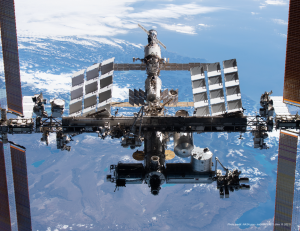 In this episode of Tiny Expeditions, we quite literally shoot for the stars and take you on a journey into space from the comfort of your own car, couch, or office chair. Space has undoubtedly been on many of our minds lately with the exponential increase of non-astronauts being launched up to take a joy ride at the edge of Earth’s atmosphere.
In this episode of Tiny Expeditions, we quite literally shoot for the stars and take you on a journey into space from the comfort of your own car, couch, or office chair. Space has undoubtedly been on many of our minds lately with the exponential increase of non-astronauts being launched up to take a joy ride at the edge of Earth’s atmosphere.
While these lucky few haven’t stayed in space long, the space community does have big visions for humans to one day permanently live in space and on other planets like Mars. Currently, astronauts travel with the food and nutrients they need to survive and are sent more supplies if they are on longer journeys. It is not financially feasible to continue sending supplies to space once millions of humans are living outside of Earth’s atmosphere.
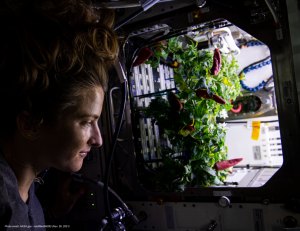 Figuring out how to sustain humans in space for an extended period of time is a tall order for scientists. Space is a harsh environment for both humans and the plants and animals we rely on for food and nourishment. However, plants do offer a promising solution for providing food to astronauts thousands of miles from Earth. Growing crops in space stations would not only supplement a healthy diet, but also remove toxic carbon dioxide from the air inside the spacecraft and create life-sustaining oxygen.
Figuring out how to sustain humans in space for an extended period of time is a tall order for scientists. Space is a harsh environment for both humans and the plants and animals we rely on for food and nourishment. However, plants do offer a promising solution for providing food to astronauts thousands of miles from Earth. Growing crops in space stations would not only supplement a healthy diet, but also remove toxic carbon dioxide from the air inside the spacecraft and create life-sustaining oxygen.
There are many projects currently ongoing aboard the International Space Station to try to successfully grow many plants in space. The astronauts serve as the bench scientists, tending to plants and taking samples when necessary to send back to Earth for analysis.
Listen to Tiny Expeditions Season 2, Episode 5: “What happens when you put plants in space?” to blast off on a journey to the International Space Station and learn how scientists are trying to grow plants in space to feed future space inhabitants while also improving plants back on Earth.
Behind the Scenes
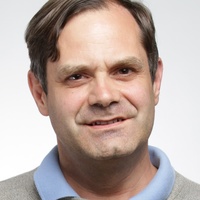 Mark Ciotola (left) is the CEO and co-founder of SustainSpace, a company that aims to help advance the field of astroculture and find better ways to grow plants in space. He joined us via Zoom from his office located at the NASA Research Park in Silicon Valley, California.
Mark Ciotola (left) is the CEO and co-founder of SustainSpace, a company that aims to help advance the field of astroculture and find better ways to grow plants in space. He joined us via Zoom from his office located at the NASA Research Park in Silicon Valley, California.
SustainSpace began as a blog to publicize the technologies that are being used on the ISS to sustain life so that they may be put into use on Earth. Today, SustainSpace is much more than just a blog, it is also a product development firm. Their current area of development is regarding astroculture chambers. SustainSpace aims to use increased access to space, such as through the Sierra Nevada Dreamchaser to more interactively study and advance astroculture.
 SustainSpace was the winner of both the Astrosat Huntsville and the European Space Association 2017 prizes for innovative business ideas. This is how Mark and his company became connected with HudsonAlpha, and eventually became a HudsonAlpha Associate Company.
SustainSpace was the winner of both the Astrosat Huntsville and the European Space Association 2017 prizes for innovative business ideas. This is how Mark and his company became connected with HudsonAlpha, and eventually became a HudsonAlpha Associate Company.
As we briefly mentioned in the episode, Mark is especially excited about Huntsville because they are in the running to be the landing hub for the small Dreamchaser space shuttles. Mark said this makes so many more experiments possible because the samples could be quickly transported from the ISS to HudsonAlpha for processing and sequencing.
What once seemed like a science fiction idea, may be closer to reality thanks to scientists and companies like Mark’s that are helping to fund, raise awareness, and advance astroculture and life support technologies.
Jeremy Schmutz (right) and his team at the HudsonAlpha Genome Sequencing Center (GSC) have been involved in several projects over the years that aim to make better and more sustainable cotton. They have sequenced and assembled genomes for many wild and domesticated cotton species.
In their most recent project, the GSC team and their collaborators at Clemson University are exploring the cotton genome and how it reacts differently in micro-gravity and normal gravity. The project, part of the Cotton Sustainability Challenge, is sponsored by the Target Corporation.
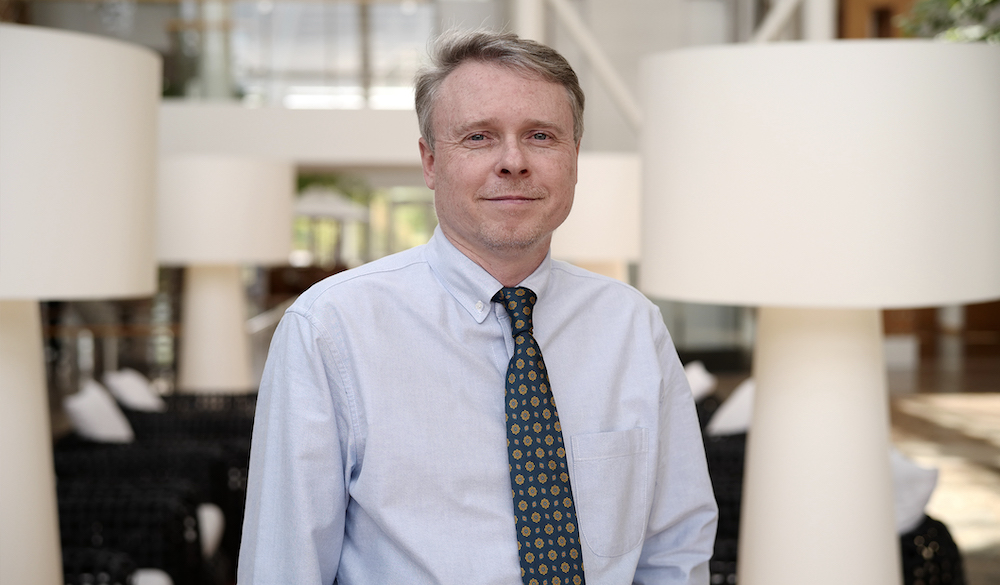
The project proposes to use the tools of genetic sequencing to examine gene expression, DNA methylation patterns, and genome sequences of three different types of cotton using embryogenic callus material (the early plant cells that Jeremy described in the episode). Each of the cotton types responds and regenerates differently when grown on Earth. The idea is that cultivating cotton in zero gravity might alter the genetics or epigenetics of transformation in a visible way, giving scientists a target when compared to cotton cultivated on Earth.
The cotton callus cells will be sent to the ISS in late 2021. A group of cells will be allowed to grow for ten days, after which they will be preserved to be sent back to earth. Another group of cells will grow for a longer time course (90 days) before they are preserved for their return trip to Earth.
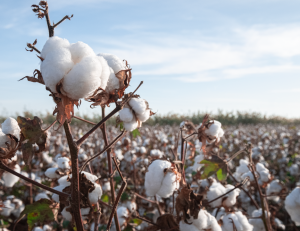 Meanwhile, another set of callus cells will be grown on Earth under similar conditions and time courses. Scientists at the GSC and in the lab of Chris Saski, PhD, at Clemson will sequence both the Earth-grown samples and the samples that return from space, searching for differences on the genetic level.
Meanwhile, another set of callus cells will be grown on Earth under similar conditions and time courses. Scientists at the GSC and in the lab of Chris Saski, PhD, at Clemson will sequence both the Earth-grown samples and the samples that return from space, searching for differences on the genetic level.
The samples from space will go to Clemson, and Clemson will do DNA and RNA extractions on them. Then the DNA and RNA will travel to HudsonAlpha and they will do RNA sequencing to look at gene expression and bisulfite sequencing to look at methylation patterns. The two groups will then jointly do an analysis comparing the data from the samples from space with the samples from Earth.
Cotton has very little diversity as a species. This limits the possibilities of improving the sustainability of cotton through traditional breeding techniques. Accelerating the speed at which scientists can transform cotton opens up the ability to rapidly test genes linked to beneficial traits and also make positive targeted modifications in important cotton lines for US growers and the many industries that depend on high quality cotton production.
To learn more about SustainSpace and its research endeavors, visit https://www.sustainspace.com/.
To learn more about the HudsonAlpha Genome Sequencing Center, visit https://www.hudsonalpha.org/gsc/.






